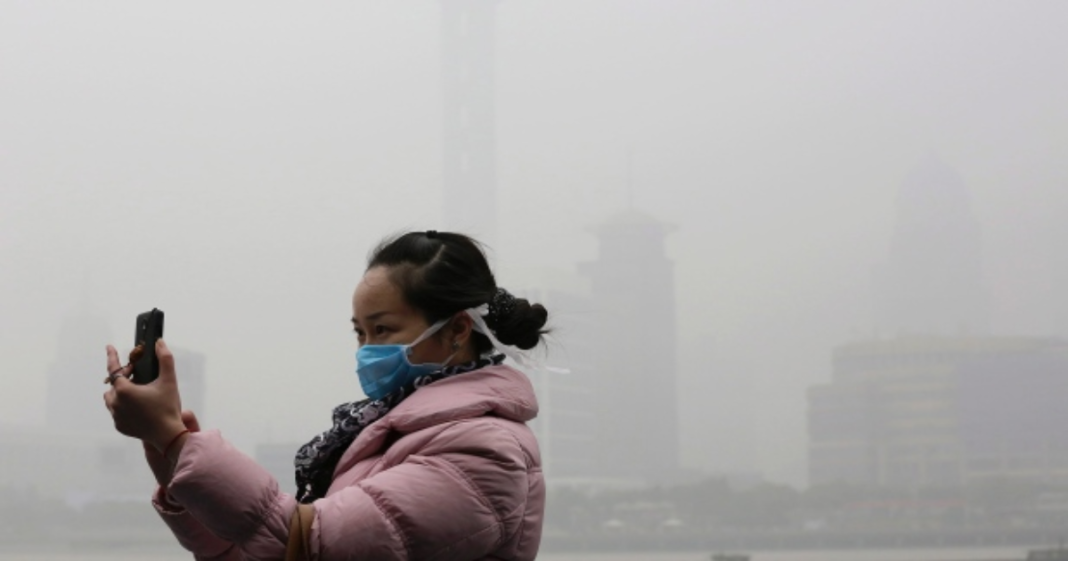UNICEF has issued a disturbing report: 2 billion children on this planet are living with elevated levels of toxic air pollution. Worse, 15% of those children – 300 million of them – are living in regions that suffer from the “most toxic levels of air pollution.” The World Health Organization defines that as 500% of its base standard.
It should come as little surprise that well over half of these children live in Africa and South Asia. In China, air quality has become so dismal that a Canadian company has been successful in marketing canned air in that country. However, kids in Europe and North America aren’t escaping one of the most disastrous consequences of rampant, fossil-fueled industrialism either. The UNICEF report indicates at as many as 120 European children live in regions where air toxicity is greater than the limits set by the international community.
The real tragedy is that because their bodies are still growing and developing, children are far more vulnerable to airborne toxins. In the report, UNICEF Executive Director Anthony Lake writes:
“Ultrafine, airborne pollutants ― caused primarily by smoke and fumes ― can more easily enter and irritate children’s lungs, causing and exacerbating life-threatening disease…studies show these tiny particles can also cross the blood-brain barrier, which is less resistant in children, causing inflammation, damaging brain tissue, and permanently impairing cognitive development. They even can cross the placental barrier, injuring the developing fetus when the mother is exposed to toxic pollutants.”
Air pollution from industrial and agricultural sources is now the fourth leading cause of premature deaths across the globe, according to a recent study from the University of British Columbia. Although it affects every region of the planet, the problem is worst in China and India, which are currently the fastest-growing economies on Earth. That economic growth is coming at a heavy price, particularly in China, where the use of petroleum-based fuels and coal continues unabated.
Although both countries have pledged to take steps reducing airborne pollution within the dozen years, those efforts will do little to help suffering children today. As Lake points out, children have less developed immunity to disease, and breathe at a rate twice as fast as that of average adults. His report states that 600,000 children die annually due to diseases brought on by air pollution.
The report presents studies showing long-term reductions of children’s lung capacities by one-fifth, and compares living in such polluted environments to “growing up in a home with secondhand cigarette smoke.”
The effects on the bodies and brains lead to long-term health effects that result in reduced ability to learn and lower productivity – which in turn, perpetuate cycles of poverty and growing inequality.
UNICEF is calling on the world’s governments to take drastic action. Global corporations that continue to run on fossil fuels could care less, as long as quarterly P&L statements are good. One would think the CEOs who occupy the executive offices don’t have children of their own, or are even affected – but if present trends continue, outdoor air pollution will become the leading cause of childhood mortality within the next 35 years.
Lake says, “We protect our children when we protect the quality of our air. Both are central to our future.” But don’t expect the capitalists of the world to be able to get their heads around that one.



![Senator Schumer: “Single Payer [Health Care] is On The Table”](https://sandbox.trofire.com/wp-content/uploads/2017/07/Universal-Healthcare-218x150.jpg)
